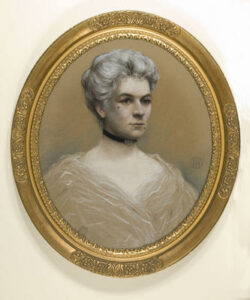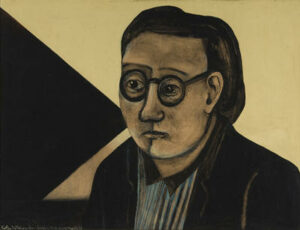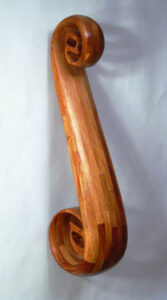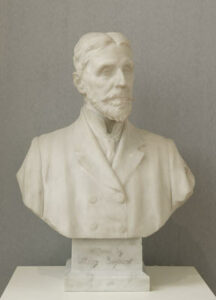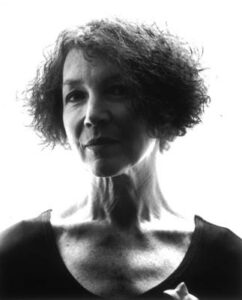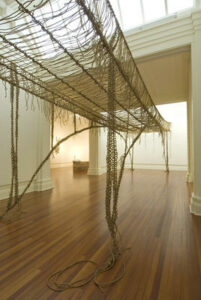May 2022: Jamie Ross
Each month a member of our community is invited to browse our online collection and select six of their favourite artworks. Each My Choice selection, together with personal responses to the works, will be available to view on the Sarjeant Gallery website for one month at a time. The May 2022 My Choice has been selected by Jamie Ross and is available to view until 31 May, 2022.
Jamie Ross is the newly appointed preparator tasked with collection care and art installation at The Sarjeant Gallery Te Whare o Rehua Whanganui. Born in Wellington, New Zealand, Jamie is a qualified carpenter by trade who has worked on many projects nationwide within the museum industry over the last twenty years. He is an experienced professional photographer having spent several years working in the UK.
As an artist, Jamie is a self-taught weaver and sculptor, working mainly with reclaimed timber and harakeke. His artistic style explores different states of consciousness and the ethereal, ultimately trying to encourage others to look inside themselves and reflect positively on the world around them.
See Jamie’s selections on our Explore the Collection ‘My Choice Exhibition Series’ highlight here




